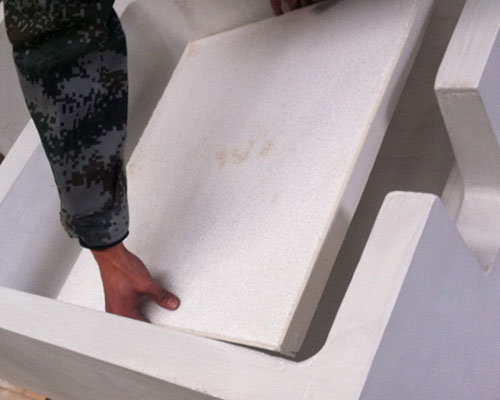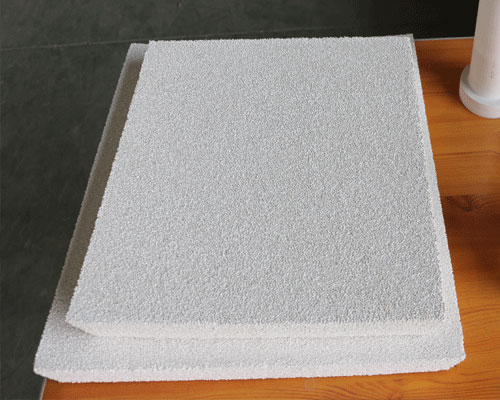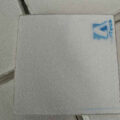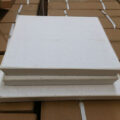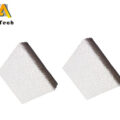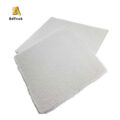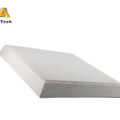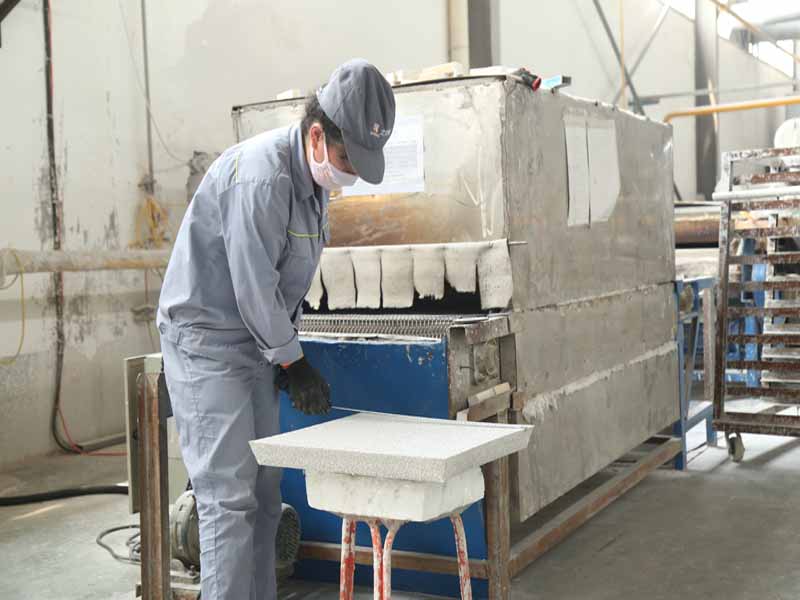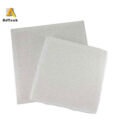Foam ceramic filter use: The molten metal in the filter flows into the surface, and the sprue is designed as an open system. Effective use of the filter area.
The filter has a suitable gap. When placed, the filter can prevent sand rubbing with the side of the sand mold and sand pressing in the CFF filter box to prevent falling and scattered sand particles from being carried in.
The metal liquid outflow surface of the filter should be kept. The support width ≥5mm can effectively support the pouring pressure.
The effects of the ceramic foam filter uses:
Effectively filter impurities and improve the purity of the molten metal.
Reduce turbulent entrainment, make the molten metal fill smoothly, and evenly distribute the casting structure.
Reduce casting defects, improve surface quality and The yield rate is conducive to cutting and reducing manufacturing costs.

Case one of foam ceramic filter improper use:
There is no open system designed for the inflow surface of the molten metal of the filter and the sprue. The filter fails to achieve the best effective use of the filtering area. On the contrary, the impact force and static pressure of the molten metal on the foam ceramic filter increase, and the filter is likely to be broken. The pouring system is not designed and open.
The consequences of incorrect use of ceramic foam filter:
The filter area becomes smaller, which affects the flow rate of the molten metal.
When pouring, the filter is subject to the greatest impact and static pressure of the molten metal, which will easily cause the filter to break.
The filter area of the filter is not effectively used, resulting in wasted filter cost.
Case two of foam ceramic filter improper use:
The upper profile of the filter is designed with a 0 mm gap. When the thickness of the filter fluctuates to the upper limit, the sand mold will be crushed when the box is closed, and the sprue and the filter seat are likely to be separated.
The consequences of applying the foam ceramic filter:
When the upper/lower mold is closed, it will squeeze and destroy the sand mold, causing the scattered sand to fall on the filter surface and block the filter mesh. It affects the flow rate of the molten metal, and will also flow fine sand particles into the cavity along with the molten metal, resulting in increased blisters/slag hole defects in castings and affecting the quality of castings.
After the molten metal is solidified, the sprue and the filter seat are likely to separate.
According to the application conditions, pouring temperature, weight, pouring time, choose reasonable filter size specifications and models to ensure the safety of the filter product application. The size gap between the filter box and the filter product is rationalized, and the cross-sectional area design ratio of the pouring system is rationalized, in order to exert the filter effect of the filter, avoid the turbulence of the molten metal, and improve the yield of castings.

